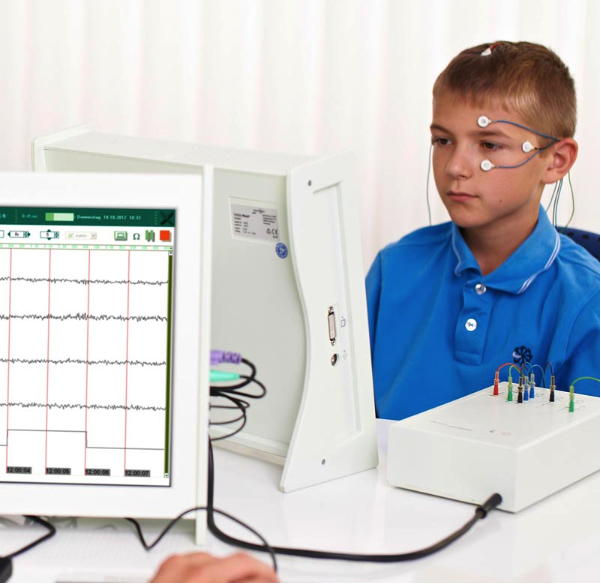Revealing the Mysteries of the Brain Through qEEG Brain Mapping Techniques in Psychological Wellness Assessment
Revealing the Mysteries of the Brain Through qEEG Brain Mapping Techniques in Psychological Wellness Assessment
Blog Article
Understanding the individual mind is a challenging task, especially when it comes to psychological health. Conventional approaches of evaluation often rely on interviews and questionnaires, which can sometimes overlook crucial aspects about how the mind functions. This is where quantitative electroencephalography, or qEEG, enters into the picture. qEEG is a specific technique that measures electrical signals in the cerebrum. By examining these neural patterns, mental health professionals can gain important understandings into a individual's mental state, helping to enhance diagnosis and treatment.
qEEG functions by applying small electrodes on the head to record neural activity. These electrodes measure electrical signals produced by nerve cells, the units in the cerebrum that communicate with each other. The information gathered is then analyzed and presented as a set of waveforms. Each kind of neural wave—such as α, beta, delta, and θ—relates to different mental conditions and functions. For example, alpha oscillations are often associated with calmness, while β waves are linked to active cognition and problem-solving. By examining these patterns, healthcare providers can detect abnormalities that may indicate psychological health issues.
One of the major benefits of qEEG is its capability to provide objective data. Unlike conventional evaluations that rely on personal reports from patients, qEEG offers a clear view of neural activity. This objectivity can help reduce biases in assessment and result to more precise treatment plans. For example, if a client is facing anxiety, qEEG can show specific patterns of brain activity that are associated with stress conditions. This data allows mental health professionals to tailor interventions more effectively, whether it be through therapy, medication, or other treatments.
Moreover, qEEG can be particularly useful in tracking intervention advancement. By find this performing qEEG evaluations at different points during therapy, clinicians can track variations in neural function over period. This continuous assessment assists ascertain whether a treatment is effective or if adjustments are required. For instance, if a client is not responding to a particular medication, qEEG may show that their brain activity has not changed in a way that indicates improvement. This feedback loop can lead to more personalized and effective mental health care.
In conclusion, qEEG brain mapping is a powerful tool in the domain of psychological health evaluation. By offering unbiased information about brain activity, it enhances the understanding of various mental health disorders. This method not only assists in precise assessment but also assists in tracking intervention success. As psychological health experts persist to investigate the capabilities of qEEG, it possesses promise for improving the lives of individuals facing mental health challenges. With ongoing investigation and progress in technology, the mysteries of the mind may become more apparent, resulting to better results for those in requirement of support.